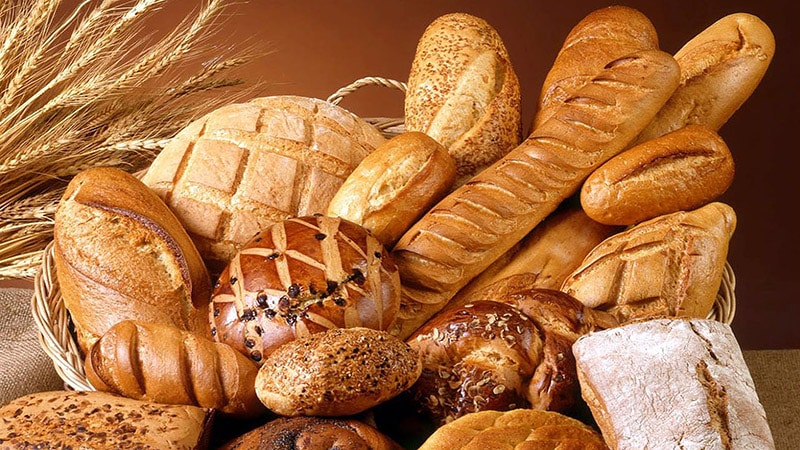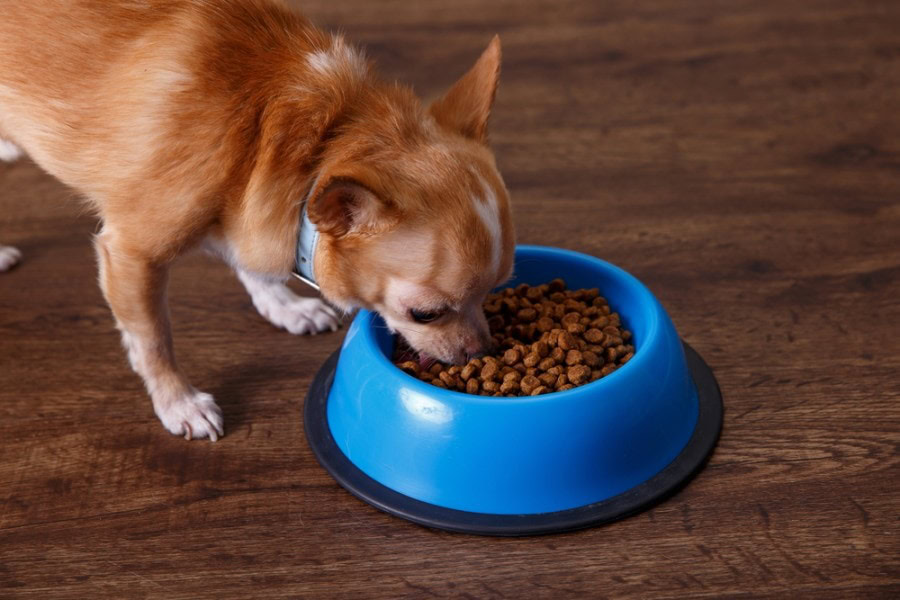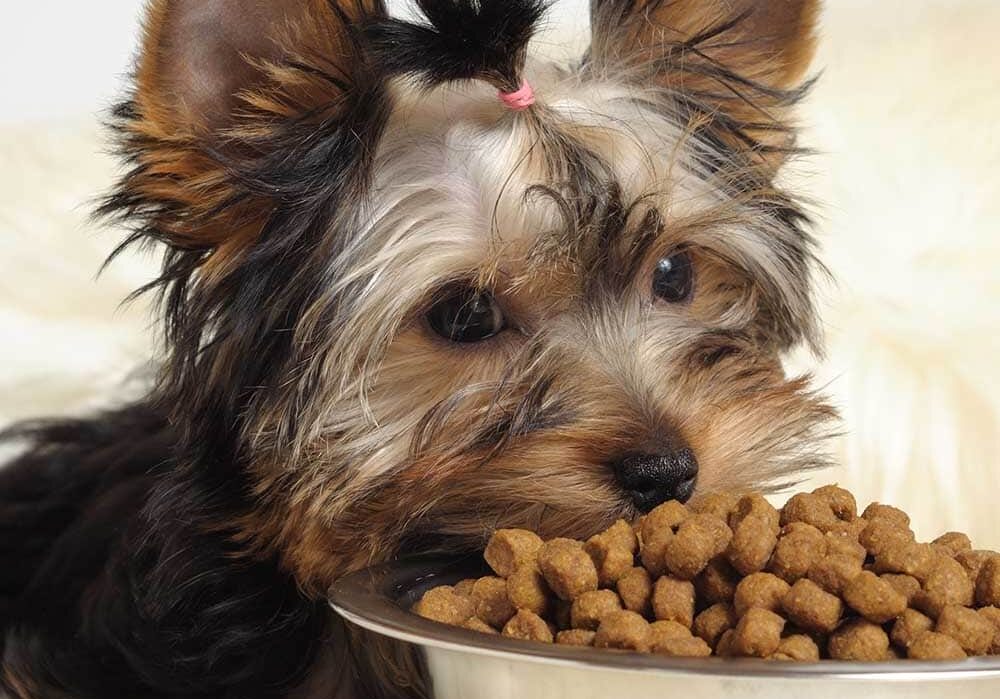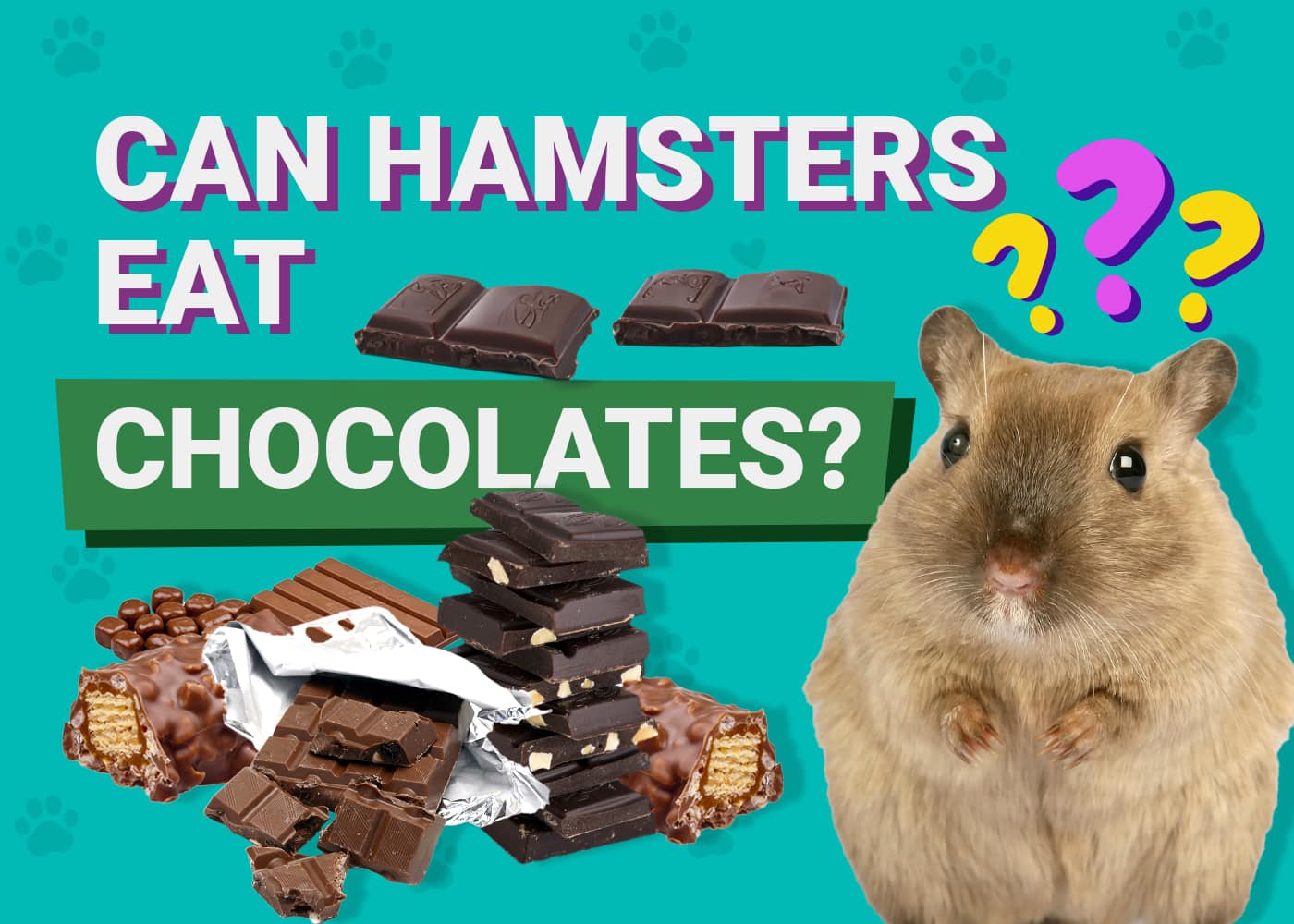VET APPROVED

The information is current and up-to-date in accordance with the latest veterinarian research.
Learn more »Click to Skip Ahead
If your cat seems to enjoy nibbling on toast or other types of bread, you may wonder if it’s okay for your buddy to snack on these treats. A few bites of baked plain white or whole wheat bread probably won’t harm most healthy cats. However, bread isn’t healthy or suitable for cats to consume. It doesn’t provide the nutrients cats need and can add far too many calories to their diets.
Cats that eat too much bread or other unhealthy foods often end up weighing more than they should, which can increase the likelihood of developing secondary diseases such as diabetes.

What Types of Bread Can Cats Eat?
Cats can eat most types of baked bread, including wheat, white, rye, and even sourdough, with a few caveats. While bread may not be a problem for most cats, it shouldn’t be fed to overweight cats or those dealing with certain medical issues.
Most savory and sweet breads are unsuitable since they often contain ingredients that can make cats ill. Garlic, onions, and leeks are toxic to cats, as are most members of the Allium family. Therefore, cats should avoid garlic bread or other savory baked products that include onions or leeks.
Sweet bread can also be problematic, especially when it contains chocolate, chocolate chips, or raisins, all of which are toxic to cats. Most sweetened bread has too much fat and sugar, which aren’t great for humans or cats when consumed in excess. Banana-chocolate bread and cinnamon raisin rolls are just two examples of common human baked goods that contain ingredients that can make cats sick.
Before introducing any new food item you’re unsure about to your cat’s diet, it’s always best to check with your veterinarian first.
What About Toppings?
While a bite of plain bread is one thing, it’s easy to get into trouble when you add toppings such as butter and olive oil. Cats with sensitive tummies can experience discomfort, vomiting, or diarrhea after eating high-fat foods. Unless they include lean meat, most toppings you add to bread are not suitable for felines, such as garlic butter.

How Much Bread Can Cats Eat?
Bread should be considered a treat if you feed it to your cat. Treats should make up about 10% or less of what pets consume, but that includes all the treats your cat eats. And cats need to eat far less than humans; a 10-pound cat only really needs around 200 calories per day to maintain their weight.
Cats often reach the 10% treat threshold far sooner than their humans realize, especially if they eat bread. Also, spayed and neutered indoor cats have a tendency to put on pounds quickly. Feline obesity has serious health consequences, and it’s not uncommon for overweight cats to struggle with chronic health issues like arthritis and heart disease.
A Word About Raw Bread Dough
While baked bread is fine for cats to nibble on, raw dough containing yeast is a different story. Yeast encourages fermentation, and ethanol and carbon dioxide are two byproducts of the process. The fermentation doesn’t stop after pets consume raw dough, which causes a build-up of ethanol in the stomach that can result in alcohol poisoning.
It happens when curious cats nibble on bread left to rise unattended on countertops. Signs include difficulty walking, bloating, tremors, and trouble breathing. Contact a veterinarian immediately if your cat eats even a small amount of raw dough. If your companion helps themselves to a lick or two of plain yeast, there’s likely nothing to be concerned about since the fermentation process can’t proceed without sugar.

Are There Other Human Foods I Can Share With My Cat?
It’s generally not a good idea to share human foods with cats. Dishes prepared to appeal to people often have onions, garlic, chocolate, and alcohol that are off-limits for cats. But it’s often possible to prepare treats for your buddy based on what you’re making for yourself. Simplicity is generally the key.
Treats involving plain cooked meat and fish are good options. The same rules apply across the board; cook all meat thoroughly, and don’t add salt, sugar, or other spices. Let the meat or fish cool, remove all bones, and chop into pieces before allowing your cat to dig in.
Cats can also enjoy hard-boiled eggs and occasional licks of butter and bites of cheese if they don’t upset their tummies. While many adult cats have trouble digesting milk products, some don’t seem to have difficulty with small portions of cheese and butter.
Knowing exactly what your feline companion can and cannot eat will help you become the best pet parent. Recognizing that not all cat bowls are equal is also key! The Hepper NomNom Cat Bowl sets itself apart from traditional options by catering to the specific needs of cats. The innovative design offers whisker relief via shallow dishes and promotes digestion with a slight bowl elevation. Find out if the Hepper NomNom is right for your cat by clicking here. At PangoVet, we’ve admired Hepper for many years and decided to take a controlling ownership interest so that we could benefit from the outstanding designs of this cool cat company!
Conclusion
Plain, baked whole wheat or white bread isn’t great for cats, but a bite or two won’t hurt your companion. However, keep in mind that products containing raisins and chocolate shouldn’t be on your cat’s menu. Savory breads that include onions and garlic should also be avoided. It’s best to avoid adding toppings such as butter to prevent your cat from consuming too much fat. Bread should only be a rare treat for a cat, and protein-rich commercial cat treats are much healthier.
- https://vetnutrition.tufts.edu/2016/05/think-you-have-a-fat-cat-the-ten-things-you-need-to-know/#:~:text=Indoor%20cats%20and%20those%20that,than%20the%20type%20of%20food.
- https://www.webmd.com/pets/cats/ss/slideshow-foods-your-cat-should-never-eat
- https://www.petmd.com/blogs/nutritionnuggets/cat/jcoates/2012/aug/does_spaying_neutering_make_cats_fat-26756
- https://www.ncbi.nlm.nih.gov/pmc/articles/PMC2984110/
- https://www.petmd.com/cat/poisoning/can-cats-eat-onions
- https://www.petmd.com/cat/emergency/poisoning-toxicity/e_ct_human_food_poisoning
- https://www.webmd.com/pets/dog-cat-nutrition
Featured Image Credit: mohamed hassouna, Unsplash













